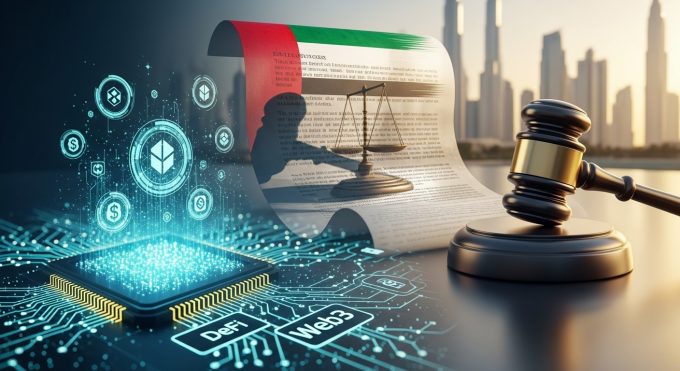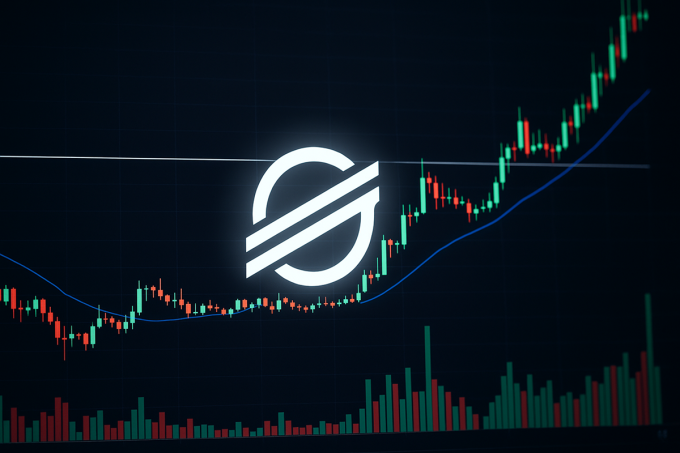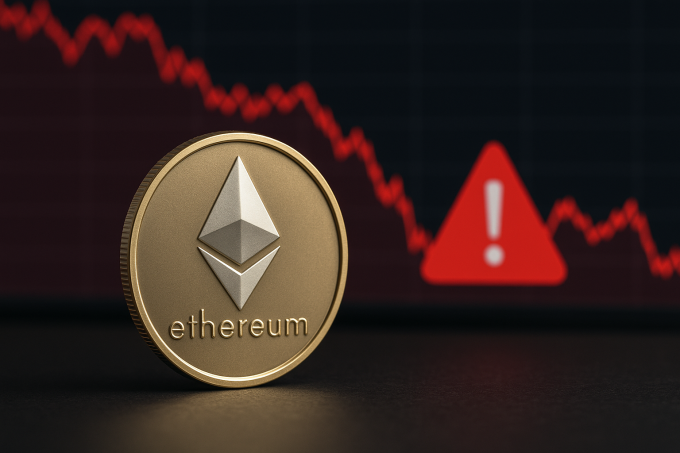The regulation of stablecoins in the United States has taken a stronger step forward: the U.S. Treasury Department has issued an “advance notice of proposed rulemaking” to solidify provisions under the recently passed GENIUS Act. With market participants keenly focused on issues like reserve requirements, supervision, and compliance, this move could reshape how stablecoins operate as essential infrastructure. The market, currently buoyed by Bitcoin near $112K and Ethereum over $4,100, is watching to see whether regulation fosters stability or adds friction.
The GENIUS Act Enters Rulemaking Phase
-
What’s in the Treasury’s Notice
The Treasury is asking for public comment through October 20 on multiple questions tied to the GENIUS Act: defining reserve asset custody rules, assessing jurisdictions’ regulatory approaches abroad, delineating obligations for anti-money laundering, and clarifying where federal vs. state oversight lies. -
Timeline & Scope
This advance notice precedes formal rule proposals. It is intended to gather inputs now so that subsequent regulations are better informed. The law itself passed recently and marks the first major federal legislation addressing stablecoins in the U.S.
Market Implications for Stablecoin Issuers and Users
-
Regulatory Cost & Compliance Pressure
Issuers may need to invest heavily in reserve auditing, legal compliance, and transparency. These costs could favor larger players or those with existing compliance infrastructure, potentially raising barriers for newer or smaller issuers. -
Trust & Usage Effects
On the flip side, clearer rules may increase confidence among fintech firms, institutions, and consumers who have remained wary of stablecoin risk—reserve insufficiency, redemptions, and regulatory gaps. Trust could translate into higher usage in payments, remittances, and DeFi collateral.
Broader Landscape: Stability Amid Uncertainty
-
Interplay with Other Regulatory Moves
Stablecoin regulation under the GENIUS Act is only one piece of a larger regulatory puzzle. The SEC’s innovation exemption, upcoming asset classification legislation, and Congress’ work on market structure will set the context in which stablecoins operate. Regulatory alignment or conflict among these pieces will influence market stability. -
Risk of Overregulation
There is a delicate balance: overly burdensome rules could stifle innovation or limit competition, particularly among smaller issuers. Conversely, ambiguity could continue to suppress utility, or worse, amplify systemic risk.
Forward-Looking Perspective:
Stablecoin users, issuers, and crypto investors should keep a close eye on the responses submitted during the public comment period, and on how the Treasury balances federal and state oversight. If the forthcoming rules effectively mitigate illicit finance risk without constraining reserve flexibility, stablecoins may emerge stronger and more integral to the digital asset economy. But if rulemaking oversteps or proves inconsistent with global norms, fragmentation—and possible regulatory arbitrage—may follow, putting stress on cross-border use cases and innovation.













Leave a comment